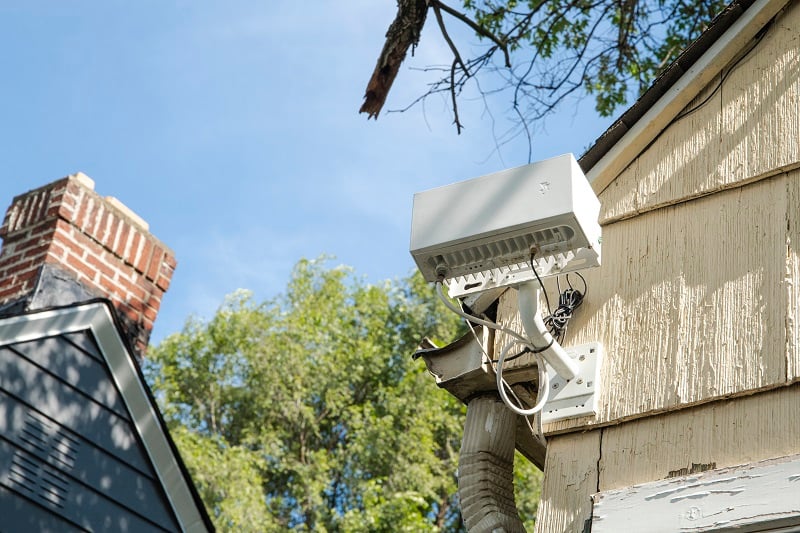Previously announced Anomaly Detection service also available
Nokia bolstered its Software as a Service (SaaS) offerings for telcos this week with two new services aimed at reducing network power consumption and providing scalable services to automate smart home devices. Nokia also announced that its previously announced anomaly detection service, aimed at helping networks repair before customers experience problems. The services leverage Artificial Intelligence (AI) and Machine Learning (ML) to help Communication Service Providers (CSPs).
Nokia AVA (“Analytics Virtualization and Automation”) for Energy monitors and adjusts connectivity resources and makes adjustments in real-time. Nokia claims that the service can realize 2x-5x energy savings compared to systems which use fixed schedules to shut down unused network resources rather than AI. Nokia said the service helps CSPs spot network usage anomalies and can benchmark the energy usage of passive infrastructure like batteries, power supplies, and air conditioning units.
“To make sure those also perform as efficiently as they should, AI-powered energy consumption management has to cover both active radio and passive equipment – benchmarking energy trends to spot performance anomalies in historically ‘invisible’ passive equipment that could be draining energy and might. need to be reconfigured or replaced, ”said Nokia.
Nokia touts the service’s scalability and ease of deployment, claiming operators can get AI-drive energy efficiency systems running in weeks. And as a subscription-based cloud service, Nokia AVA for Energy does not require a significant up-front investment, the company said.
Nokia Home Device Management (HDM) is a device management platform scalable to millions of smart home devices, said Nokia. The service provides operators with the ability to remotely manage Customer Premise Equipment (CPE) like gateway devices, 5G fixed wireless access (FWA) devices, Wi-Fi extenders and IP set-top boxes. It’s vendor-agnostic and provides a single, integrated standard base platform which operators can use to provide secure network management of home devices.
Nokia HDM provides policy-driven management of CPE. There’s a built-in firmware repository with secure file servers for upload and download of software, to help manage firmware distributions, said Nokia. The service manages both TR-096 and TR-369 / USB-based devices and provides secure OSS system integration as well. The service provides operators with real-time diagnostic and troubleshooting data. Also supported are integrated speed tests and latency measurements.
Last, Nokia noted that its Anomaly Detection SaaS – announced last year and in limited availability – is now in general release. “Nokia Anomaly Detection SaaS is a machine learning service aimed at finding and remediating network anomalies before they affect network customers,” said the company.
Nokia’s telco SaaS pitch
Nokia is making a concerted effort to sell SaaS to telcos. The company commissioned a recent report from Analysys Mason that shows CSPs can save up to 25% in IT costs over a five-year period compared to the on-premise software model.
“One of the most important aspects of this, is this time-to-market consideration,” Bunn said. “We’re going to see a lot of experimentation as CSPs find use cases where they can monetize these investments they’ve made in 5G, and SaaS comes into play in those scenarios.”
The research firm’s estimates pegged SaaS operating expenses for CSPs at 5% in 2019, rising to 11% by 2023 as network operators continue telco cloud digital transformation. The researchers also push back against the belief that SaaS costs telcos more long-term, compared to the traditional on-premise model.













